-
How much light does a houseplant need?
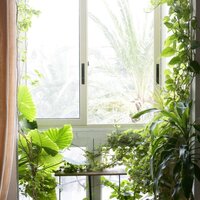
Have you ever wondered how much light your houseplant needs? This question might be a common one for people who have a houseplant and who love plants to such an extent that they need to know all the details of how to care for them so that they grow healthy, healthy and happy. It is important to know that each plant is an individual and each has different requirements.
Keep reading this article because here we will tell you the details you need to know about how much (natural) light a houseplant needs as this is an important detail in the holistic care of plants.
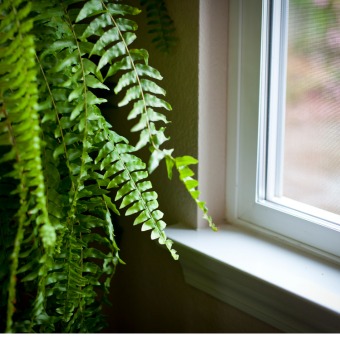
how much light is obtained during the day?
First of all, it is important to know how light intensity is measured in order to understand this somewhat complex subject when caring for your houseplants.
lux
The unit of measurement for light is lux, and this is measured with an electronic device called a luxmeter, below you can see how much light there really is in different places. This information is important because by combining this information with the light required by a plant, you will know if your indoor plant will receive enough light in the place where you place it.
light intensity
Now look at the light intensity (lux) received in different parts of the house:
- Room with many windows: 400 a 800 lux
- Interior illuminated with artificial light: 500 lux
- North-facing window: 500 a 2500 lux
- South-facing window: 10.000 a 20.000 lux
- East-facing window: 2.500 a 10.000 lux
calculate light intensity
To calculate the light intensity of a specific location, only the square of the distance is calculated, e.g. 3 metres from a window, a plant receives 9 times less light than behind the window.
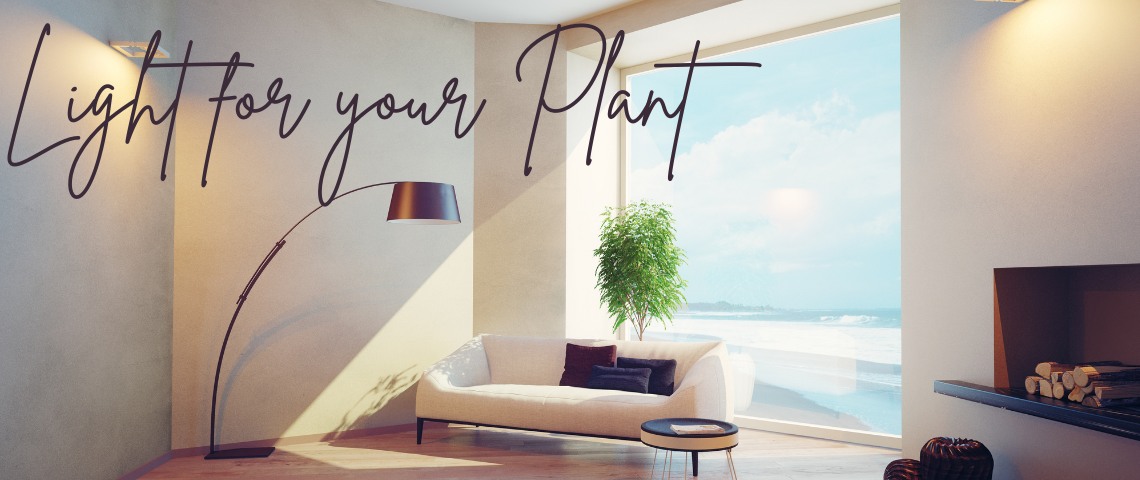
how many lux does your plant require?
It's amazing how much the light levels in your home vary. It is important to know where to place your plants so that they get the light they need, as we have seen above they vary greatly from place to place.
how many lux does a plant need?
How much light (lux) does a plant need if it requires…
- Direct bright light (sunny spot): between 20.000 and 50.000 lux
- Indirect bright light (partial sunny): entre 10.000 y 20.000 lux
- Medium light (half-shade): entre 2.500 y 10.000 lux
- Low light (shade): entre 500 y 2500 lux
¿where to put each houseplant in the house according to its needs?
Below we will describe the types of plants for each type of requirement that exist:
- Deep shade (between 500 and 2,500 lux): Aglaonema, Aspidistra, Sanseviera, Zamioculcas and ivy.
- Low light (between 2,500 and 10,000 lux): Alocasia, Caladium, Calathea, Cisus, Philodendron, Phytonia, ferns, Kentia, Peperomia, Syngnonium, Spathiphyllum and spider plant.
- Bright and indirect light (between 10,000 and 20,000 lux): Aphelandra, Tradescantia, Azaleas, Schefflera, Cyclamen, Monstera deliciosa, Dieffenbachia, Dracaena marginata, Phalaenopsis, Ficus benjamina, Ficus elastica, Brazilian trunk, Yucca and Pothos.
- Direct indoor sunlight (between 20,000 and 50,000 lux): Althea, Aralia, Ardisia, Aucuba, Clivia, cóleo, croton and Bromeliads.
¿how do you measure light in a room?
The first thing to know is that light is measured in lux in most of the world, with the exception of the USA where foot/candle is used. Lux is the system approved by the International System of Units for illuminance or illumination level.
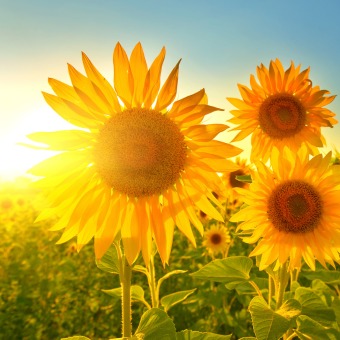
ways of measuring light
The following describes the different ways of measuring light at a site:
- Method 1. Using a luxmeter: a luxmeter is a piece of equipment specifically designed to measure the intensity of light, this will give you a very accurate measurement.
- Method 2. Using a mobile app: there are several apps that allow you to measure brightness using your camera.
- Method 3. Using the cast shadow, this is basic and imprecise but useful: if the shadow of your hand can be seen perfectly and clearly then it is a direct light area; if the shadow of your hand is a little blurred but you can still see that it has the shape of your hand then it is a medium light area; if the shadow is very sharp and you can no longer see the shape of your hand then it is a low light area.
symptoms indicating light problems in your plant
symptoms indicating a lack of light in your plant
If a plant does not receive a good source of light it will become stunted as its stems will stretch towards the light source causing the plant to become deformed. In addition:
- The general appearance of the plant is weak and pale. It may even show a paralysis in its development;
- Plant produces little or no flowers;
- New leaves become smaller and smaller;
- Leaves fall off despite correct watering frequency;
- The risk of root rot is high;
- There is usually a higher number of parasites
what to do now?
In the case of a plant in poor condition, the following is advised: move the plant, turn it around, do not leave the curtains closed during the day, install artificial light, clean the foliage. se aconseja lo siguiente: trasladar la planta, girarla, no dejar las cortinas cerradas durante el día, instalar luz artificial, limpiar el follaje.
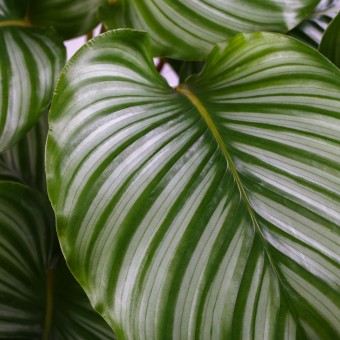
symptoms that indicate too much light on your plant
The leaves may become deformed, wavy or contracted; they may also develop dry, brown spots on their leaves and turn pale.
what to do in this case?
- After moving the plant away from the window, you should remove all the dry leaves;
- You can filter the light from the window with curtains or blinds;
- Keep the plant well hydrated (do not over-water).
check out our website!
Don't forget that if you need some plants for your living room or some outdoor plants to renovate your terrace or garden, you can visit our website www.florespana.es and make your purchase from the comfort of your own home.
No comments found.